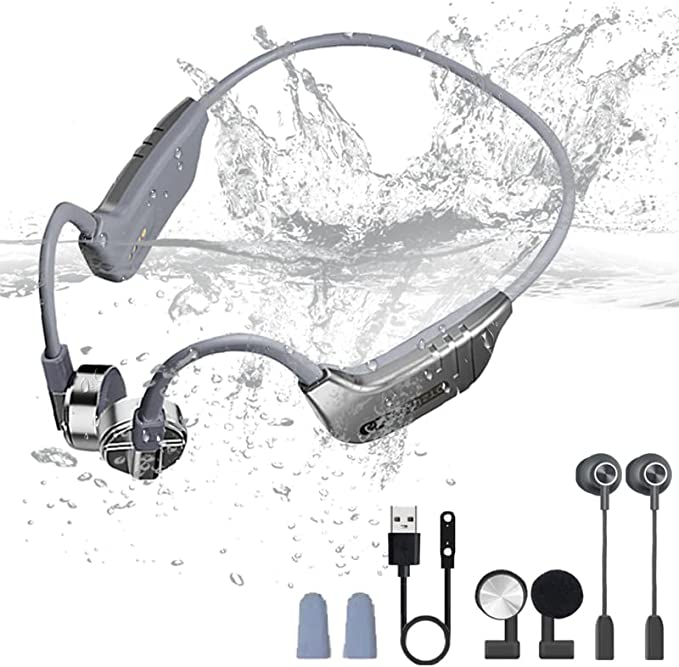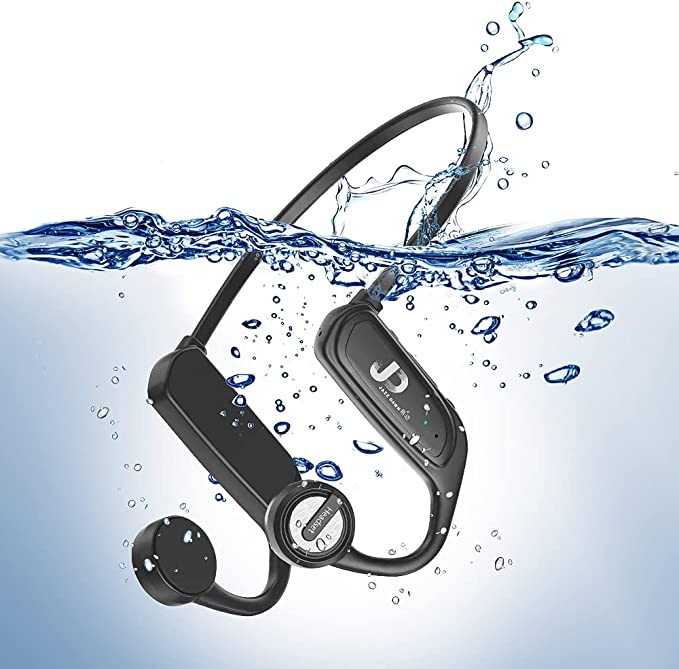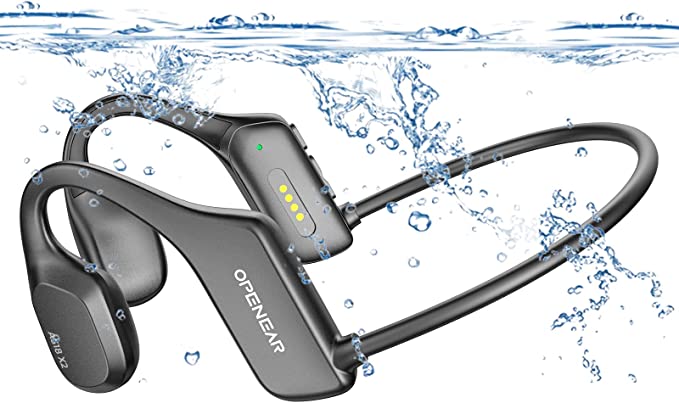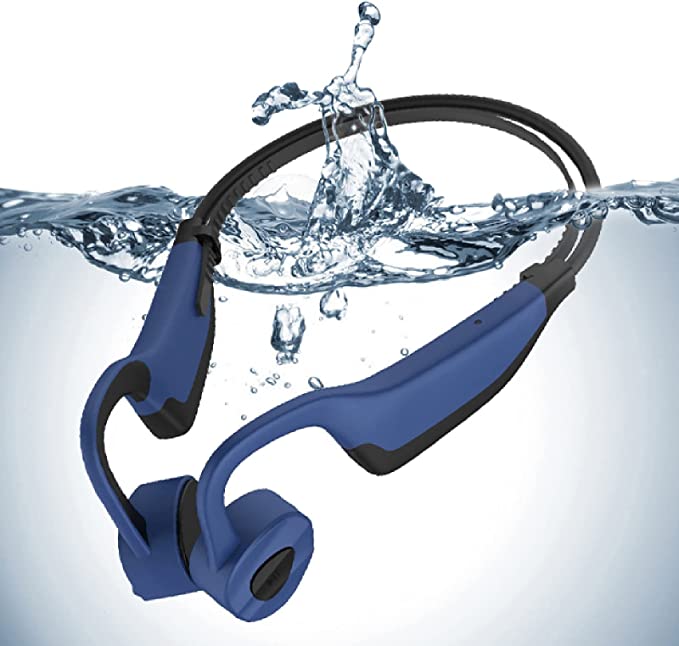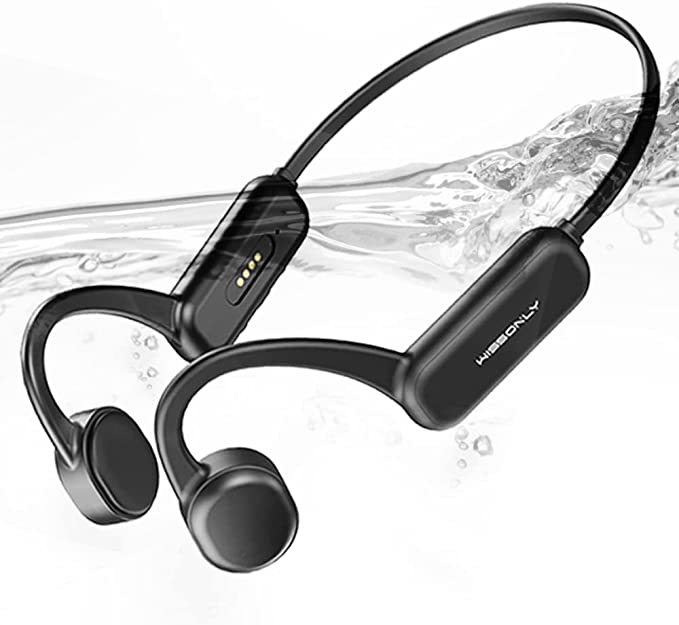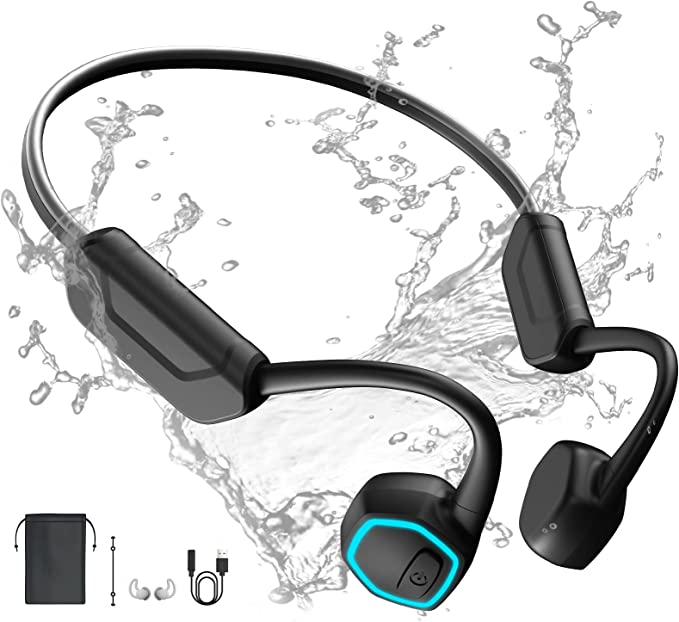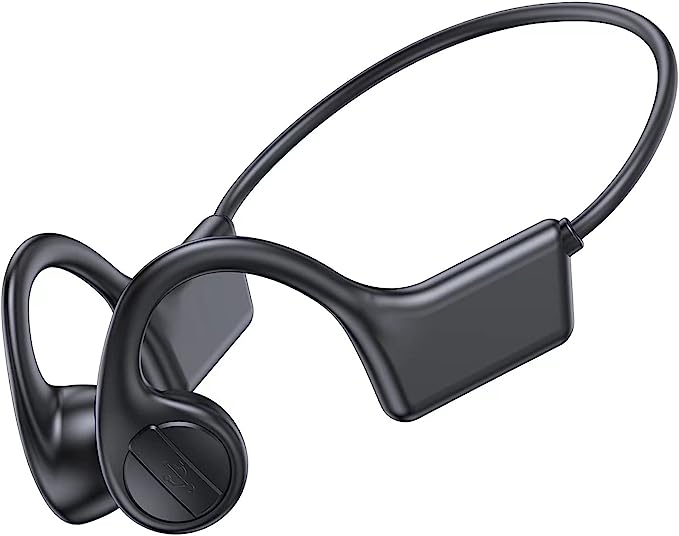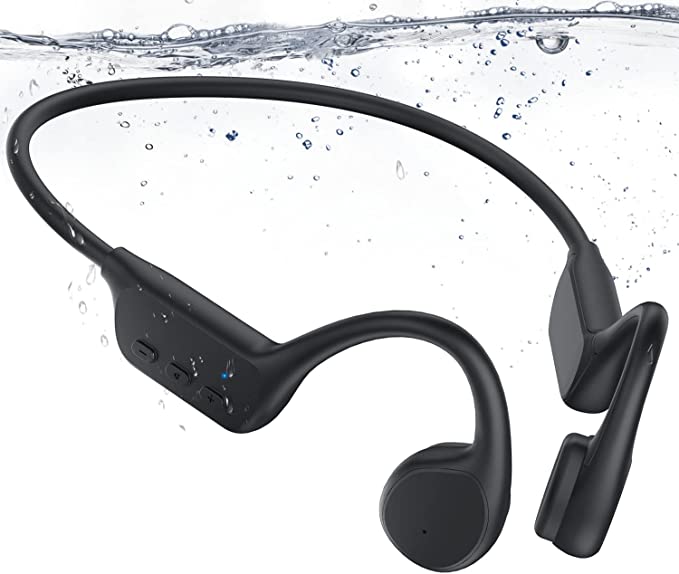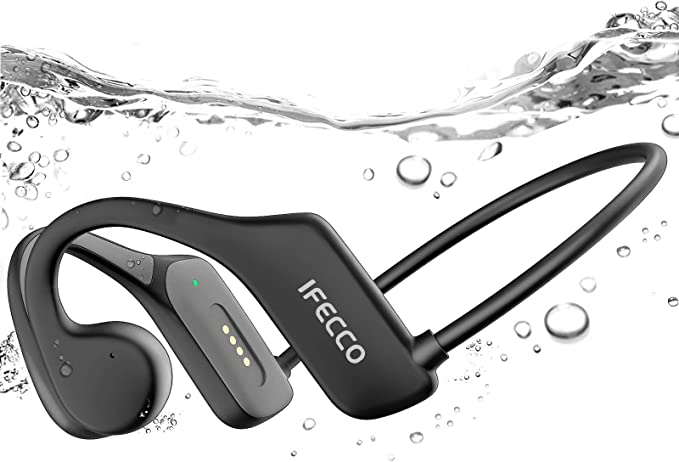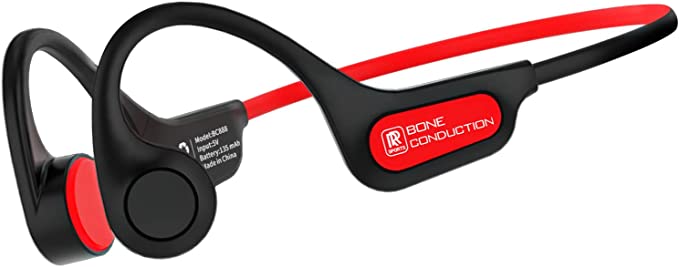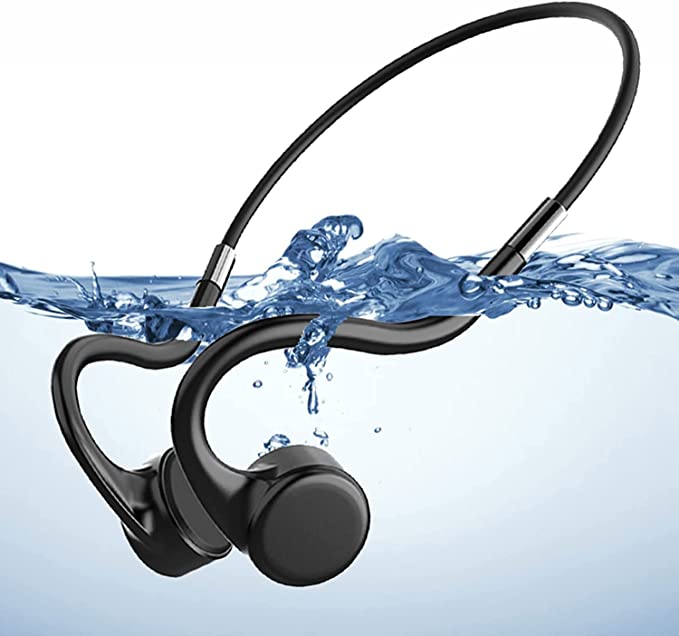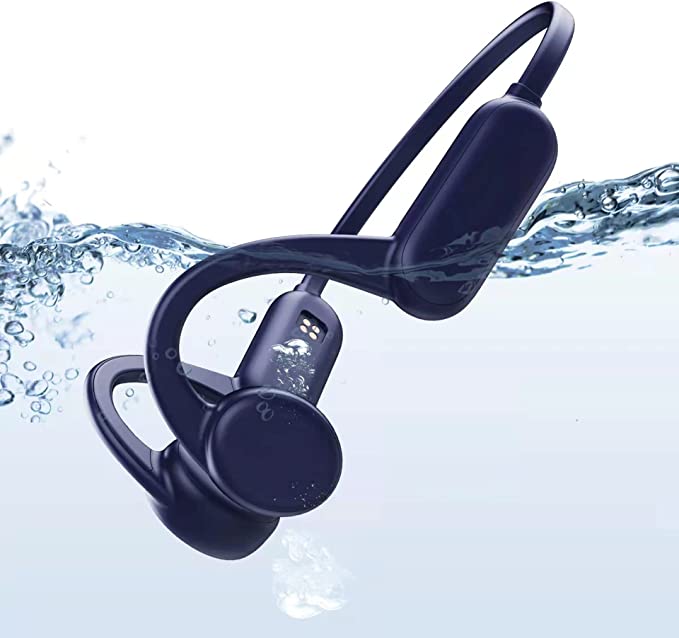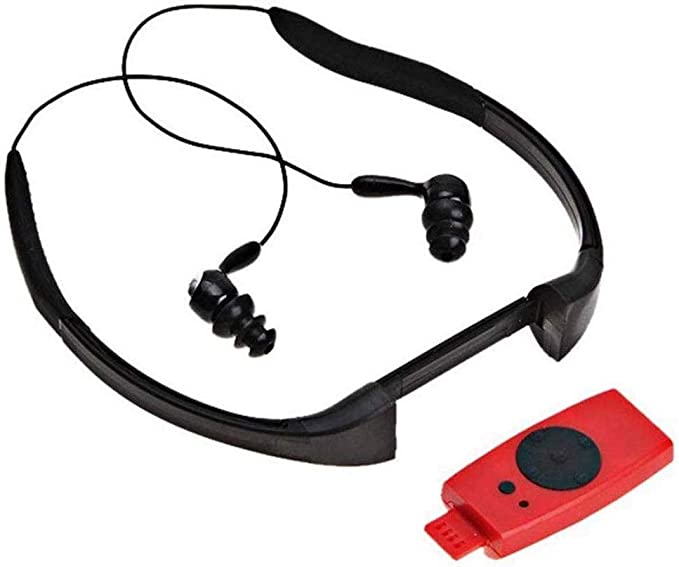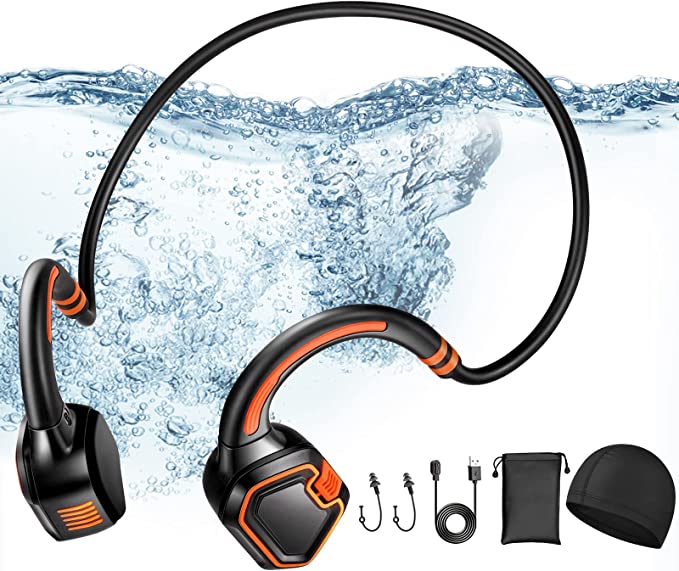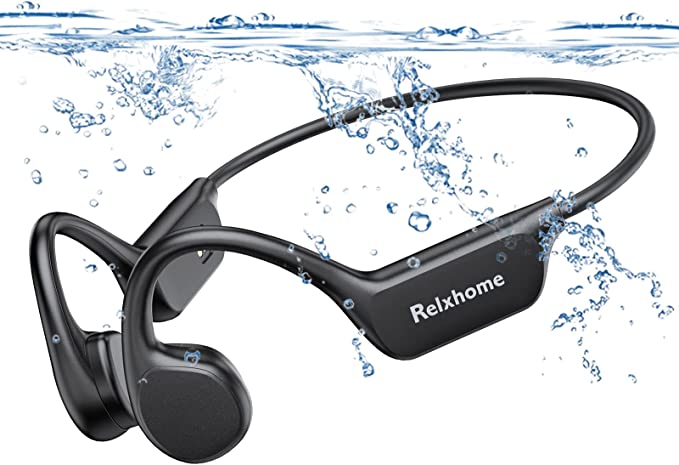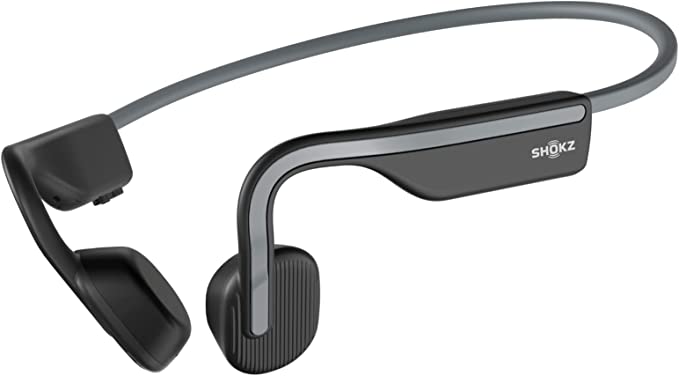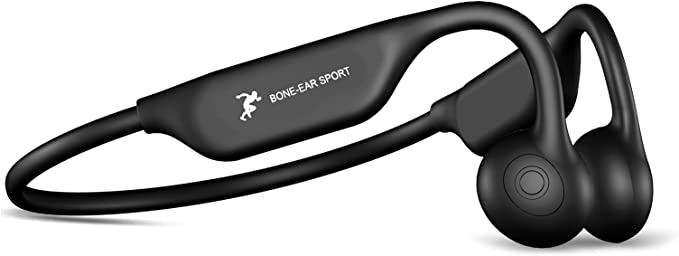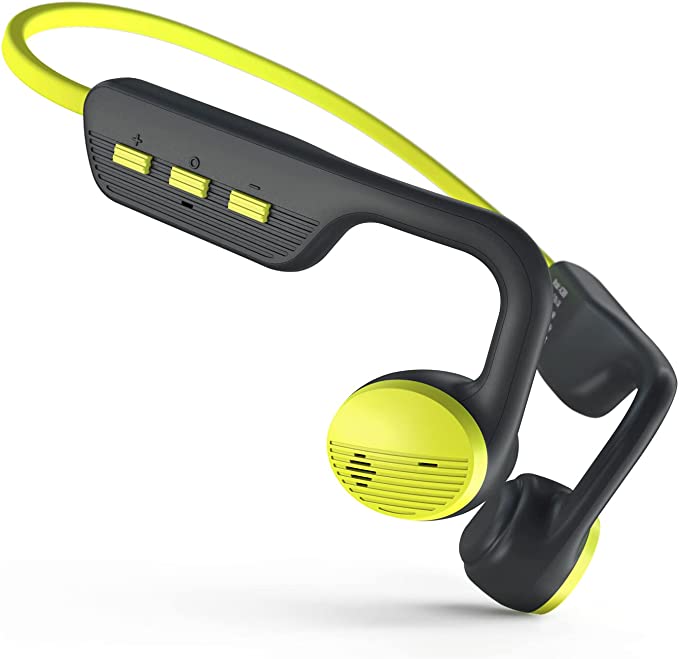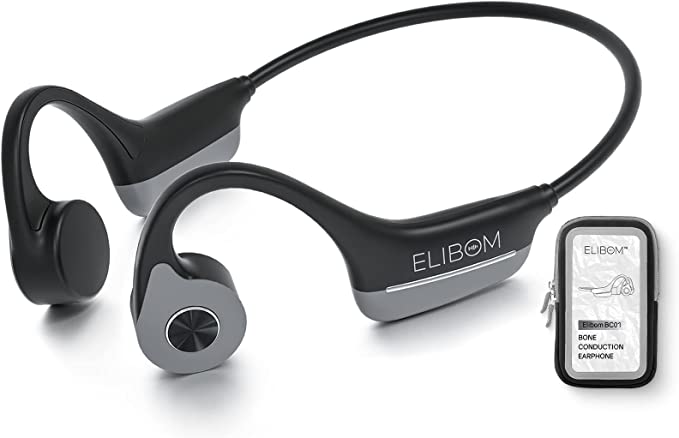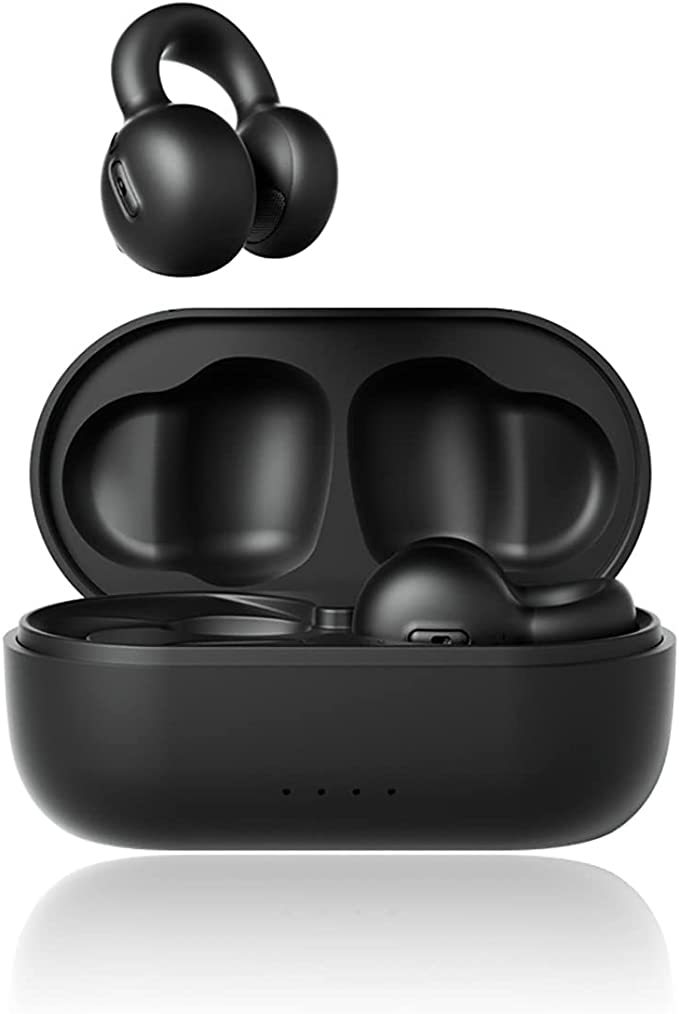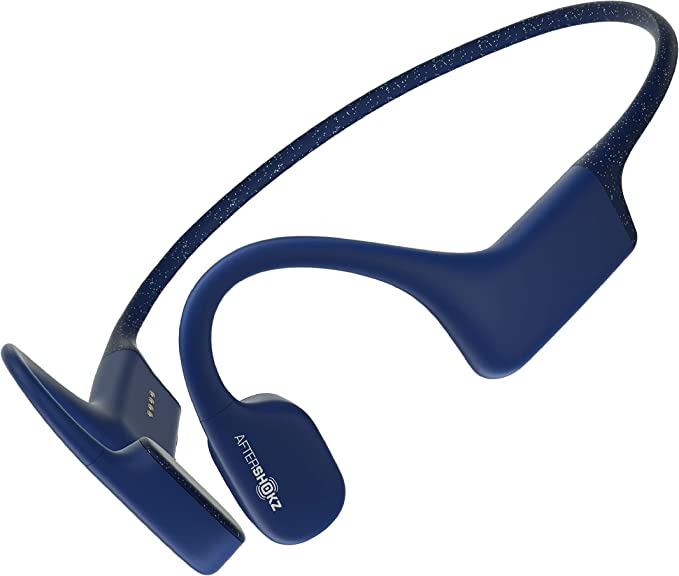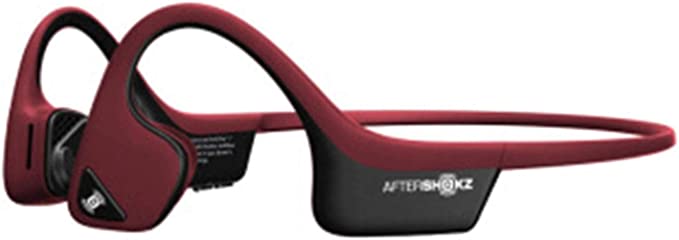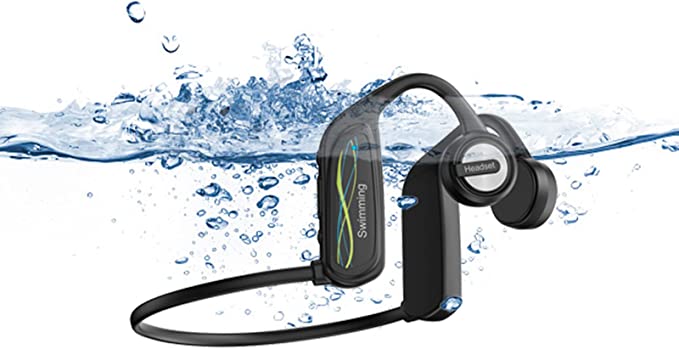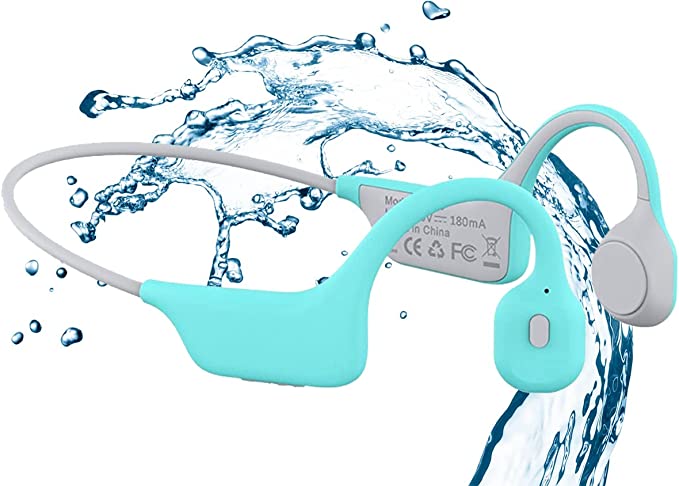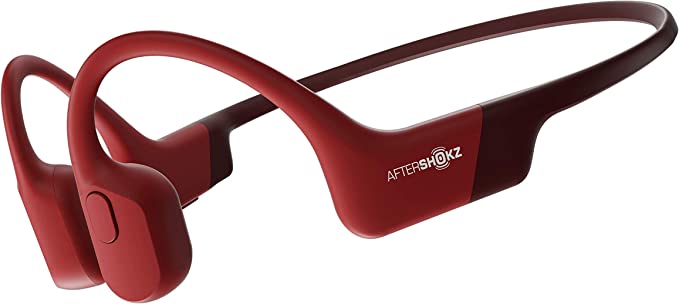FOVURTE X15 Bone Conduction Headphones: A Must-Have for Outdoor Sports Lovers
Update on July 1, 2025, 6:37 a.m.
There are two kinds of silence an athlete knows well. The first is the artificial quiet of isolation, the world muted by noise-canceling earbuds as you pound the pavement. It’s a silence that cocoons you in rhythm but disconnects you from the approaching cyclist or the sudden change in traffic. The second is the profound, immersive silence of water, the world’s sounds replaced by the rhythmic rush of your own movement and the steady beat of your heart. For years, these two realms seemed mutually exclusive. How could you bring your soundtrack into the water without, once again, walling yourself off from reality? The answer lies not in a louder speaker, but in rediscovering a secret pathway for sound.

The Forgotten Pathway
Long before electronics, music found other ways to travel. The story of Ludwig van Beethoven, biting down on a rod connected to his piano to feel the vibrations through his jaw, is more than a poignant anecdote. It’s a demonstration of a fundamental principle: hearing is not exclusive to the ear canal. This phenomenon, bone conduction, is our body’s built-in secondary sound system. While its most famous application might be in overcoming hearing loss, its history is rich with demanding, real-world use. Early 20th-century inventors patented rudimentary bone conduction hearing aids, and military forces have long used it for tactical communication, allowing soldiers to receive commands while keeping their ears open to the battlefield.
This is the principle that a device like the FOVURTE X15 Bone Conduction Headphones so elegantly harnesses. It doesn’t plug your ears. Instead, small transducers rest gently on the zygomatic arch—your cheekbones. They translate electrical signals into subtle vibrations that travel through the solid structure of your skull, bypassing the eardrum entirely and directly stimulating the cochlea, your inner ear’s sound processor. The result is uncanny. The music feels as if it’s originating from inside your own head, a private concert leaving your ears free to perform their primary duty: listening to the world. It’s auditory multitasking, made possible by physiology.

Encountering the Wall of Water
For any athlete who wants to take that private concert into the pool, a formidable obstacle arises. It’s a barrier not of engineering, but of physics. Many have experienced this frustration: the moment their head submerges, their Bluetooth connection vanishes. This isn’t a flaw; it’s a confrontation with an immutable law of nature.
Bluetooth operates within the 2.4 GHz radio frequency band. To a signal at this frequency, a body of water is not a transparent medium but an impenetrable wall. The water molecules, particularly the hydrogen-oxygen bonds, are perfectly tuned to absorb this energy, a phenomenon known as dielectric heating. Trying to send a Bluetooth signal from your phone to your head underwater is like trying to send a smoke signal through a rainstorm. The message is absorbed and scattered into nothingness almost instantly. No amount of signal boosting can overcome this fundamental incompatibility.

An Elegant Concession
This is where true engineering brilliance shines. Faced with an unbeatable law of physics, the designers of the X15 didn’t try to brute-force a solution. They made an elegant concession. If the outside world cannot be reached, they reasoned, then the device must become its own world.
This is the genius of the integrated 32GB MP3 player. It’s a strategic pivot from a connected device to a self-sufficient one. As one user review for the X15 aptly noted, the Bluetooth connection is lost underwater, but in the same breath, another praised that it “Work[s] great SWIMMING with the MP3.” This isn’t a contradiction; it’s a story in two acts. The moment the external link fails, a vast, internal library of up to 8,000 songs is ready to take over. It’s an admission that sometimes the smartest solution is not to break down the wall, but to build a rich, vibrant world right behind it. This dual-mode capability transforms the device from a simple accessory into a resilient, adaptable audio tool.

Life on Dry Land
Back on solid ground, the technology reverts to its more conventional, highly efficient self. The inclusion of Bluetooth 5.3 is significant. This standard is not just about faster pairing; its major advantage is improved power efficiency, a key reason a lightweight device can deliver up to 10 hours of continuous playback. For a marathon runner or a cyclist on a long ride, this means a soundtrack that lasts the entire journey. And all the while, that primary auditory pathway remains open, letting in the sound of a cheering crowd or a warning shout, resolving the athlete’s original paradox.
Ultimately, the journey of this technology, embodied in devices like the FOVURTE X15, tells a larger story. It reminds us that the most profound innovations are often not about inventing something entirely new, but about understanding the world as it is—its pathways, its barriers, its physical laws—and designing with a wisdom that respects those rules. It’s about creating a tool that doesn’t just overcome a problem, but does so with an elegance that feels less like technology and more like a natural extension of ourselves.
